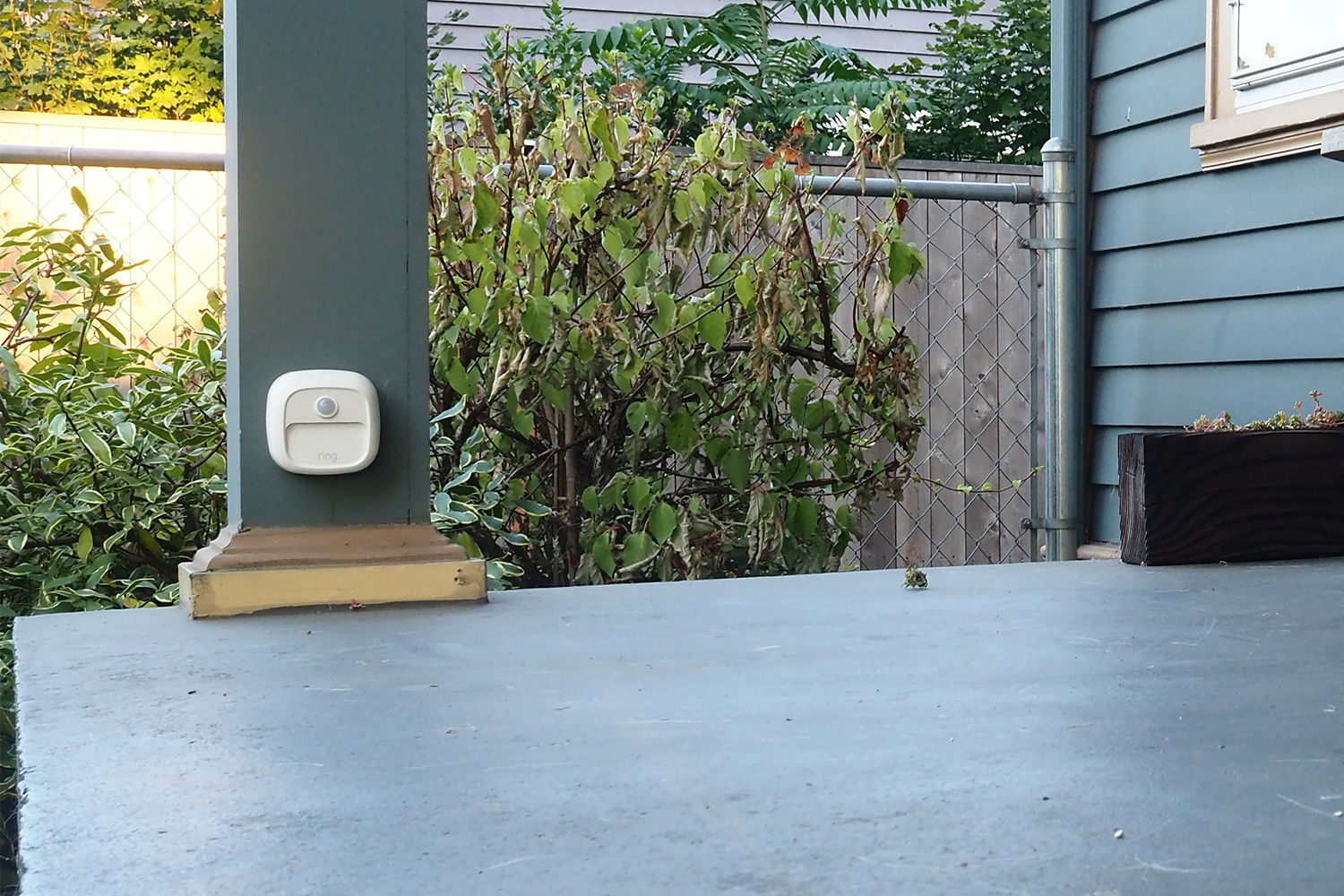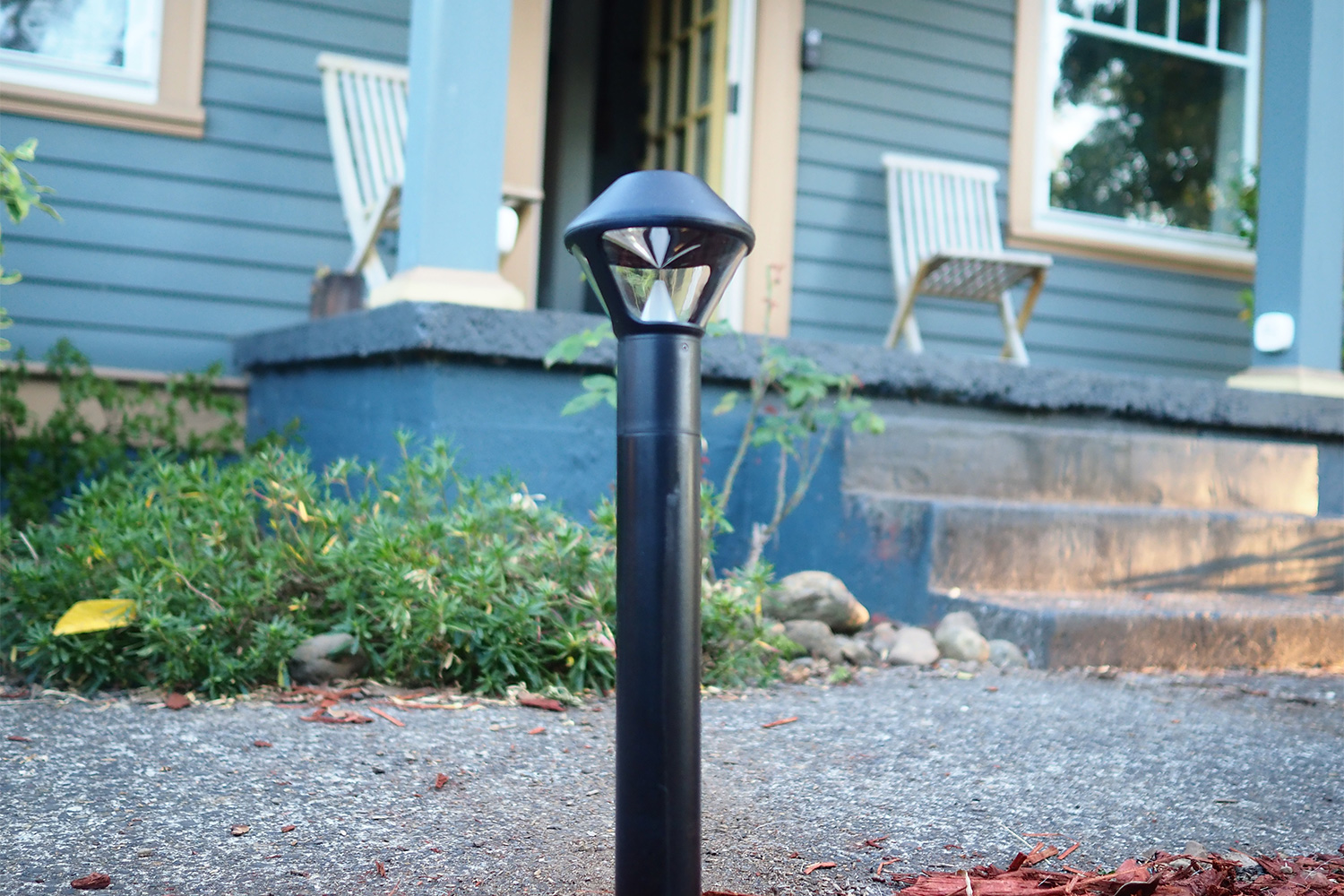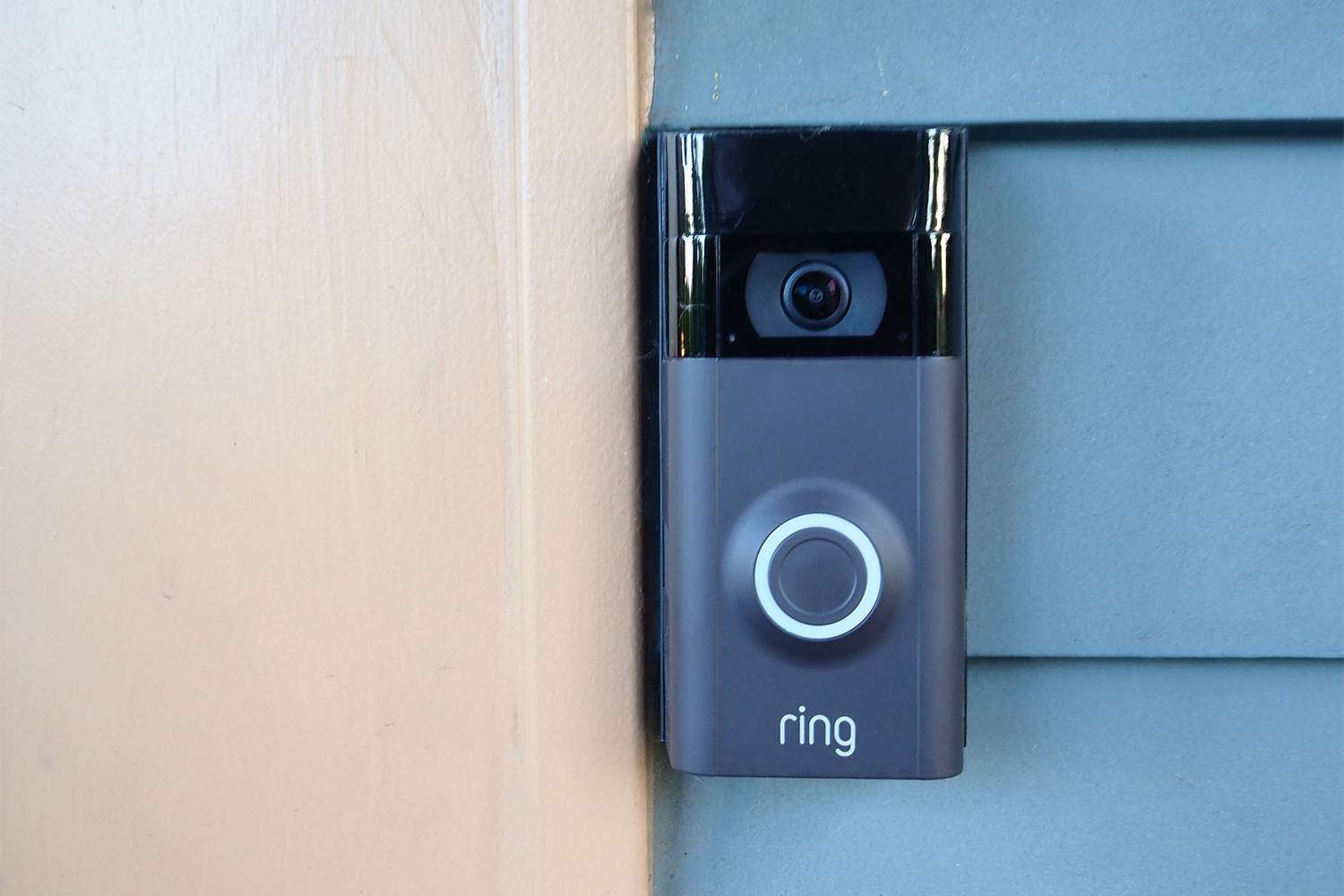
Mountains of food. A cooler chock full of ice-cold beer. Clear directions to the bathroom. I thought of every detail before my housewarming party. Except lighting.
As I plucked tandoori chicken kabobs from the glowing charcoal grill wrapped them in steaming homemade naan, I have to admit I was pretty proud of myself. Until my guests sat down to eat in near total darkness. I knew it was dire when a friend took out his cell phone and held it up so the others could serve themselves by the blue-tinged light of a single LED.
Whoops.
In the big scheme of things, it was a minor party foul. No one threw up from undercooked lamb or and no cops were summoned, two party faux pas of which I have previously been guilty. But in the year since, I’ve vowed to step up my lighting game. First, I bedecked my yard with standard-issue LEDs from a big box store. Then I took it to the next level with Smart Lights from Ring.
You may think of Ring as the video doorbell company that made “porch pirates” part of the American vernacular, but the Amazon-owned company has since branched out beyond your front door, with everything from flood and freeze sensors to illumination.
Ring Smart Lights sense motion, sure, but that’s about as cutting-edge as laser tag and VCRs. These lights talk to your phone, your Ring video cameras, other lights, and even Alexa. When a guest approaches at night, you can tell the entire yard to light up based on feedback from one sensor, and your Ring video doorbell to start recording, and even get a notification on your phone.
Light when you need it
If that sounds a little dystopian, like more of a pitch for a prison than your subdivision, you could be forgiven. But you don’t need to be a paranoid suburban dad eyeing skateboarders from your porch to find value in Ring Smart Lights. Like a lot of connected home gadgets, they just make life a little easier.

As my guests approach, the handsome pathlight along my sidewalk lights up, and triggers steplights guiding them up to the porch. If I want my shed light to just stay on during a party, rather than flicking on and off with motion, I can just ask Alexa. If my garage floodlight goes on too frequently, I can turn down the sensitivity from an app, without climbing a ladder.
Installing the system takes barely any more work than installing the dumb equivalent. Pop in batteries, use your phone’s camera to scan a barcode with the Ring app, and Ring does the rest. The system does require one-time setup of a Ring bridge, which provides more coverage than Wi-Fi could, but it takes no more than 10 minutes. Anyone can install these things.
Installing the system takes barely any more work than installing the dumb equivalent.
Just make sure to stock up on batteries. A single floodlight takes four C cells — a battery size I don’t think I’ve used since I played with Hess trucks. Ring claims they’ll last up to a year with normal use, but your motion-sensing settings will make or break those claims. I haven’t had them installed long enough to find out, but if you’re battery-averse and handy, most of the products come with wired alternatives.
Intruder alert
The Ring app makes it a cinch to link sensors together, but it’s easy to get carried away. Link too many devices, and your house will light up like Alcatraz every time a grasshopper sneezes. Link too few, and you miss the whole point of devices connecting with one another.
I didn’t realize how fine this balance was until I caught my first sketchball: a guy poking around my driveway at 2 a.m. Except I didn’t really catch much of anything, just a glimpse of his backpack as he walked past my Ring Stickup Cam. The driveway camera activated too slowly to catch his face, and I hadn’t configured it to trigger my front porch camera to capture a different angle, or my driveway floodlight to scare him off. In retrospect, both settings seem obvious, but it’s hard to anticipate every scenario. If there’s any argument for professional security installation, it’s this: Most homeowners simply can’t think like prowlers.
My phone practically caught fire with alerts: more than 100 per day.
After festooning my yard with eight Ring devices, each peeping out with a motion sensor, my phone practically caught fire with alerts: more than 100 per day. While you can fiddle with the sensitivity on every device to cut this down, it’s like swatting flies when you could just close the damn window. One alert for a squirrel walking in front of my shed is too many, so I turned them off entirely.
Cheap convenience
Do you really need smart features to properly illuminate your yard? Nope. But the beauty is, Ring isn’t asking much of a premium if those features sound nice. A wired LED floodlight — the type you might put above your garage — goes for $90, and includes the bridge you’ll need to connect it to your Wi-Fi network. A comparable 2,000-lumen light from Home Depot’s house brand Defiant will cost you $71.
If you’re already living in the Ring or Alexa ecosystem, it’s a small price to pay for the convenience of a system that gets better with every device you add. And when your guests can enjoy backyard barbeque without bringing their own lanterns, they’ll thank you, too.




